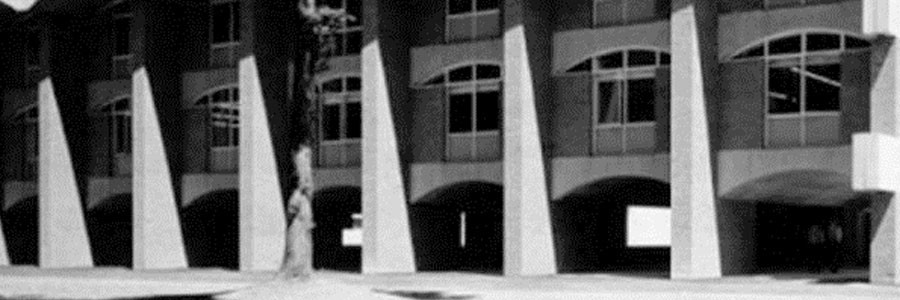By Ellen Thompson
I recently had the honour of winning The Best Poster Award at the 2015 Psychology student poster conference! I have just commenced the second year of my PhD (how time flies!) and wanted to take this opportunity to talk about my research and share a couple of tips that helped me when I was preparing my poster.
My PhD research aims to explore individual differences in the development of emotional problems over the life course. Specifically, I am interested in factors and pathways that can increase or decrease an individual’s vulnerability to the development or continuation of anxiety and depression.
For the poster conference, I presented the first study of my PhD. Specifically, this study was a review of 47 pre-existing studies that had previously examined whether the experience of family-related adversities (e.g., parental divorce, parental illness) increased the likelihood of developing anxiety and depression in adulthood. When synthesising the results of individual studies, it was found that, overall, individuals’ who suffered family related ACEs were 1.6 times more likely to develop anxiety and depressive symptoms in adulthood. The paper for this study is currently being prepared for submission to a peer-reviewed journal.
Poster tips
Before I began my poster, I decided to look at other posters to gain some inspiration. This is usually advised, however, I found it particularly helpful to also look at posters that were from different research areas. For example, I browsed the posters available in the Physics and Maths department at Sussex University, and searched online for posters that had previously been presented at conferences.
 Once I decided what colour scheme and text size I was going to use, and how I was going to arrange the sections, I began adding the content to the poster. I presented the key aspects of the study, including the background, aims of the research, methodology and results.
Once I decided what colour scheme and text size I was going to use, and how I was going to arrange the sections, I began adding the content to the poster. I presented the key aspects of the study, including the background, aims of the research, methodology and results.
I summarised my key terms using figures. For example, I used a diagramn the background section of the poster which presented different examples of adverse childhood experiences. I found this extremely helpful when presenting the poster as I could refer to this figure when answering questions.
One of the most challenging aspects of creating my poster was that there was a lot of information on my study’s methodology I wanted to include. Specifically, the review process I used involved a systematic search of the literature and a screening of identified papers using a set of criteria. In order to reduce the amount of text on the poster I summarised the key aspects of the methodology in figures, tables and bullet points.
In summary, the main advice I would give when creating a poster is to:
- look at posters from different disciplines
- keep the layout and colour scheme simple and consistent
- reduce the amount of text and use bullet points, figures, images, graphs to visualise some of the key information
Ellen Thompson (Psychology PhD student, EDGE Lab)
Find out more about our research on Developmental and Clinical Psychology.


Hi,
I read your article and found it very interesting. Thanks for the write-up.
I like the way you’ve organized the content on the poster although I wish I could see it better! Excellent work. All the best on the Ph.D. Ellen!